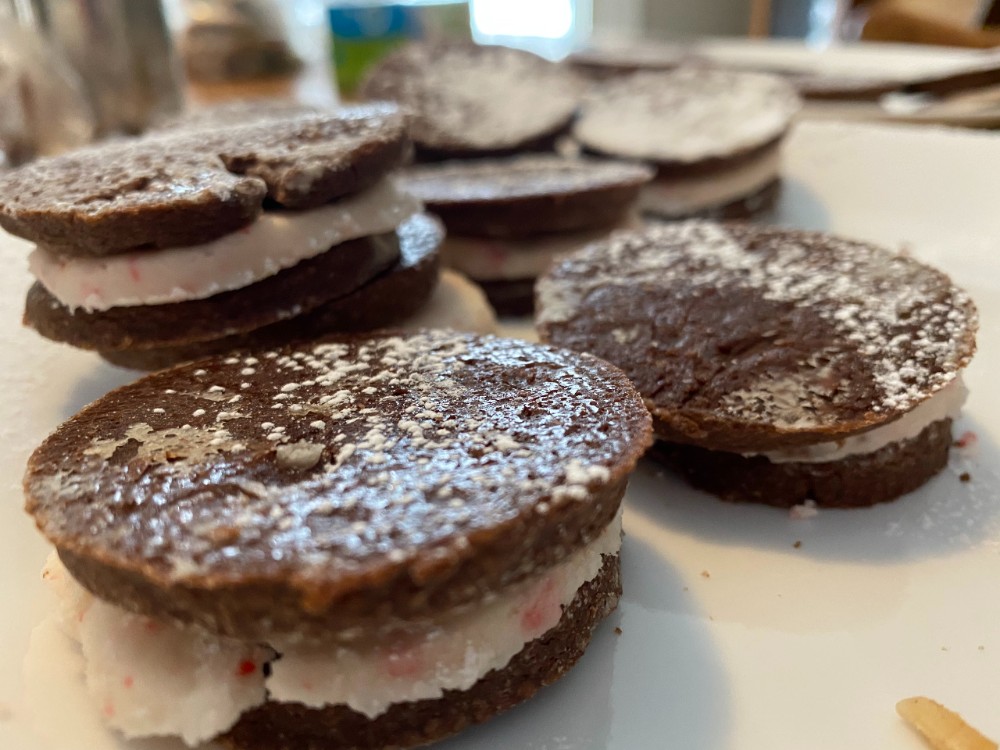Research from the Ohio State University just found that the words we use to describe food can affect how we perceive its taste.
The team brought in 120 people to sample a series of chocolate chip cookies or a set of saltine crackers.
They were told one group was the current version of a name brand product, another was a “new and improved” version of the food, and a third was a version that consumers complained about.
Then they rated the samples.
It’s probably not a surprise that the “new and improved” category scored the highest, followed by the “factory typical” foods.
The ones marked “consumer complaint,” of course, scored the lowest.
But the crackers and cookies all came from the same package.
There was no actual difference between the ones rated highest and the others, they just had different labels.
What was especially interesting was the strength of the negative reactions.
Putting the label “consumer complaint” on cookies or crackers led to a more intense reaction than “new and improved” label did.
That might be because the phrase “new and improved” has been used so much, but it also might show that a company that accidentally markets their products in a way that turns off consumers is really going to turn them off.
So, food producers out there, choose your words carefully.
There are lots of skilled artists who create miniature scenes, but none quite like Tatsuya Tanaka.
On his Instagram feed, he posts images of worlds he’s created by transforming everyday objects.
In one image you see the dots on dominoes turned into black pans, with little figures cooking in a restaurant kitchen.
In another, the folds of a blue face mask serve as lap lines for a group of swimmers about to race.
How to ruin the taste of a cookie with just 2 words (Ohio State University)
Ordinary objects used to create a miniature world (Messy Nessy)
Our world is brighter every day thanks to our Patreon backers

